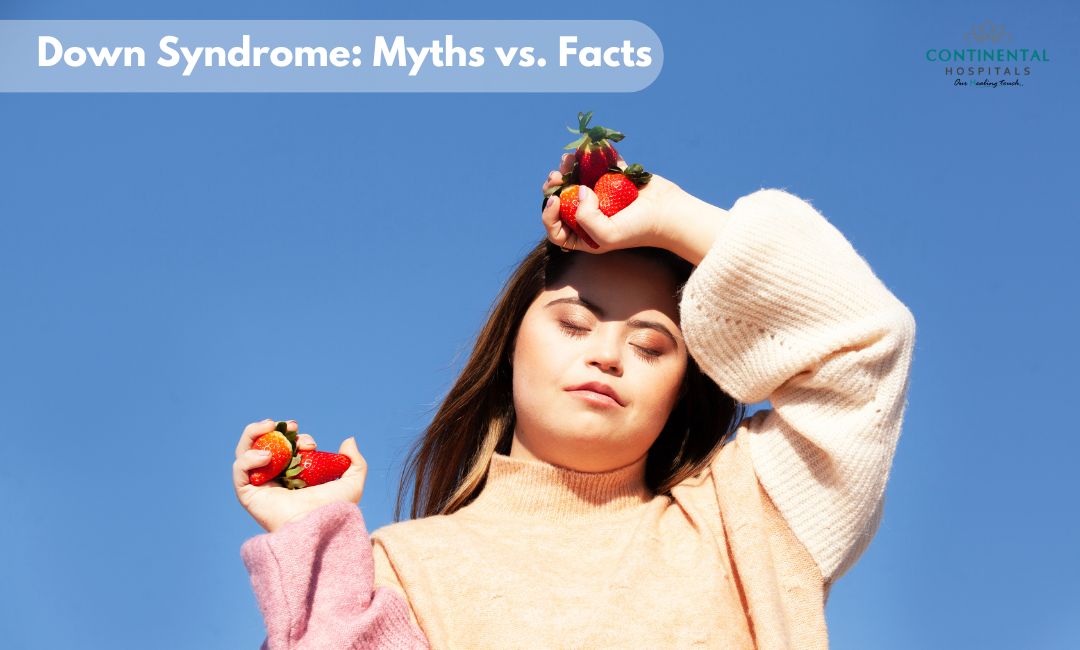Down syndrome is a chromosomal condition characterized by the presence of an extra copy of chromosome 21. Despite its prevalence, there are many misconceptions and myths surrounding this condition. In this blog, we aim to debunk these myths and provide factual information about Down syndrome to foster a better understanding and acceptance.
Facts and Numbers on Down Syndrome
Here are some key facts and numbers about Down syndrome:
Prevalence: Down syndrome is the most common chromosomal condition. It affects about 1 in every 700 babies born in the United States, which translates to roughly 6,000 babies born with the condition each year . This translates to a worldwide prevalence of 1 in 1,000 to 1 in 1,100 live births according to the World Health Organization.
Types: There are three main types of Down syndrome:
Trisomy 21: This is the most common type, accounting for 95% of cases. It occurs when there is an extra copy of chromosome 21 in each cell of the body.
Translocation Down syndrome: This type occurs in about 3% of cases. It happens when an extra part or a whole extra chromosome 21 is attached to a different chromosome.
Mosaic Down syndrome: This is the rarest type, affecting about 2% of cases. It occurs when some cells in the body have an extra copy of chromosome 21, while others do not.
Common Myths and Facts of Downsyndrome
Myth 1: People with Down syndrome are always severely intellectually disabled.
Fact: While individuals with Down syndrome may have intellectual disabilities, the degree varies widely from person to person. Many individuals with Down syndrome lead fulfilling lives, attend school, hold jobs, and participate in their communities. With appropriate support and resources, they can achieve significant milestones and contribute meaningfully to society.
Myth 2: Down syndrome is hereditary, and parents with a child with Down syndrome will always have another child with the condition.
Fact: Down syndrome typically occurs sporadically and is not usually inherited. However, the chance of having a child with Down syndrome increases with maternal age, especially for women over 35. It's important to consult with a healthcare provider for genetic counseling and testing to understand individual risks.
Myth 3: People with Down syndrome all look the same.
Fact: While individuals with Down syndrome may share some physical characteristics such as almond-shaped eyes, a flattened facial profile, and a single crease across the palm, there is significant variability in appearance. Each person with Down syndrome is unique and has their distinct features, just like any other individual.
Myth 4: People with Down syndrome cannot live independently.
Fact: With appropriate support and opportunities, many individuals with Down syndrome can live semi-independent or fully independent lives. This may include living in their own homes, holding jobs, managing their finances, and participating in social activities. Supportive services and community resources play a crucial role in facilitating independence.
Myth 5: People with Down syndrome are always happy and affectionate.
Fact: While many individuals with Down syndrome have a joyful and affectionate disposition, they experience a full range of emotions, just like anyone else. They may feel happiness, sadness, anger, frustration, and everything in between. It's essential to recognize and respect their emotions and individuality.
Myth 6: People with Down syndrome cannot learn or achieve academically.
Fact: Individuals with Down syndrome have the ability to learn and make academic progress with appropriate educational support and interventions. Many attend mainstream schools and receive inclusive education tailored to their individual needs. With early intervention programs and specialized teaching methods, they can develop essential skills and reach their full potential.
Myth 7: People with Down syndrome are a burden on society.
Fact: Individuals with Down syndrome enrich their families, communities, and societies in numerous ways. They bring joy, resilience, and unique perspectives to the world. Many contribute to their communities through employment, volunteer work, advocacy, and artistic endeavors. Embracing diversity and inclusion benefits everyone.
Myth 8: People with Down syndrome have a short life expectancy.
Fact: With advances in medical care and treatment, life expectancy for individuals with Down syndrome has increased significantly over the years. Many people with Down syndrome now live well into their 50s, 60s, and beyond. Access to quality healthcare, early intervention, and supportive services are crucial for promoting health and longevity.
It's essential to challenge misconceptions and stereotypes about Down syndrome to promote understanding, acceptance, and inclusion. By recognizing the diverse abilities, strengths, and contributions of individuals with Down syndrome, we can create a more inclusive society where everyone has the opportunity to thrive. Let's celebrate diversity and embrace the uniqueness of each individual, regardless of their abilities or differences.
.webp)














